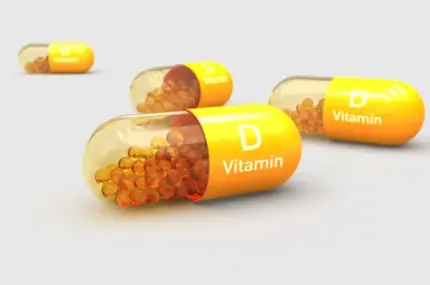 Welcome
Welcome
“May all be happy, may all be healed, may all be at peace and may no one ever suffer."
- A
- B
- C
- D
- E
- F
- G
- H
- I
- J
- K
- L
- M
- N
- O
- P
- Q
- R
- S
- T
- U
- V
- W
- X
- Y
- Z
Post-herpetic neuralgia - Generics
Post-herpetic neuralgia (PHN) is a type of chronic nerve pain that can occur after a person has had an episode of shingles, which is a painful rash caused by the varicella-zoster virus (the same virus that causes chickenpox). PHN can develop in some people who have had shingles, and it is estimated to affect up to 10-15% of shingles patients.
PHN occurs when the varicella-zoster virus damages nerve fibers in the skin during a shingles outbreak. This damage can lead to abnormal nerve signals that cause persistent pain, even after the rash has cleared up. The pain associated with PHN can range from mild to severe, and it may be described as burning, stabbing, or aching. The pain can be intermittent or constant and may be accompanied by sensitivity to touch or temperature changes.
There are several treatment options available for PHN, including medications such as anticonvulsants, antidepressants, and topical creams or patches containing lidocaine or capsaicin. Nerve blocks or other types of injections may also be used to help relieve pain. In addition, complementary therapies such as acupuncture, massage, or relaxation techniques may be helpful in managing PHN symptoms.
Prevention of PHN involves getting vaccinated against shingles, as the vaccine can reduce the risk of developing shingles and PHN. Early treatment of shingles with antiviral medication can also help to reduce the risk of developing PHN.

Heartburn & gastritis

Skin metastases of breast...

Sunblock

Dracunculiasis

Hypocalcemia

Secretory neoplasms

Folic acid & zinc Deficie...

Allogeneic bone marrow tr...
Post herpetic neuralgia, পোস্ট হার্পেটিক নিউরালজিয়া
To be happy, beautiful, healthy, wealthy, hale and long-lived stay with DM3S.